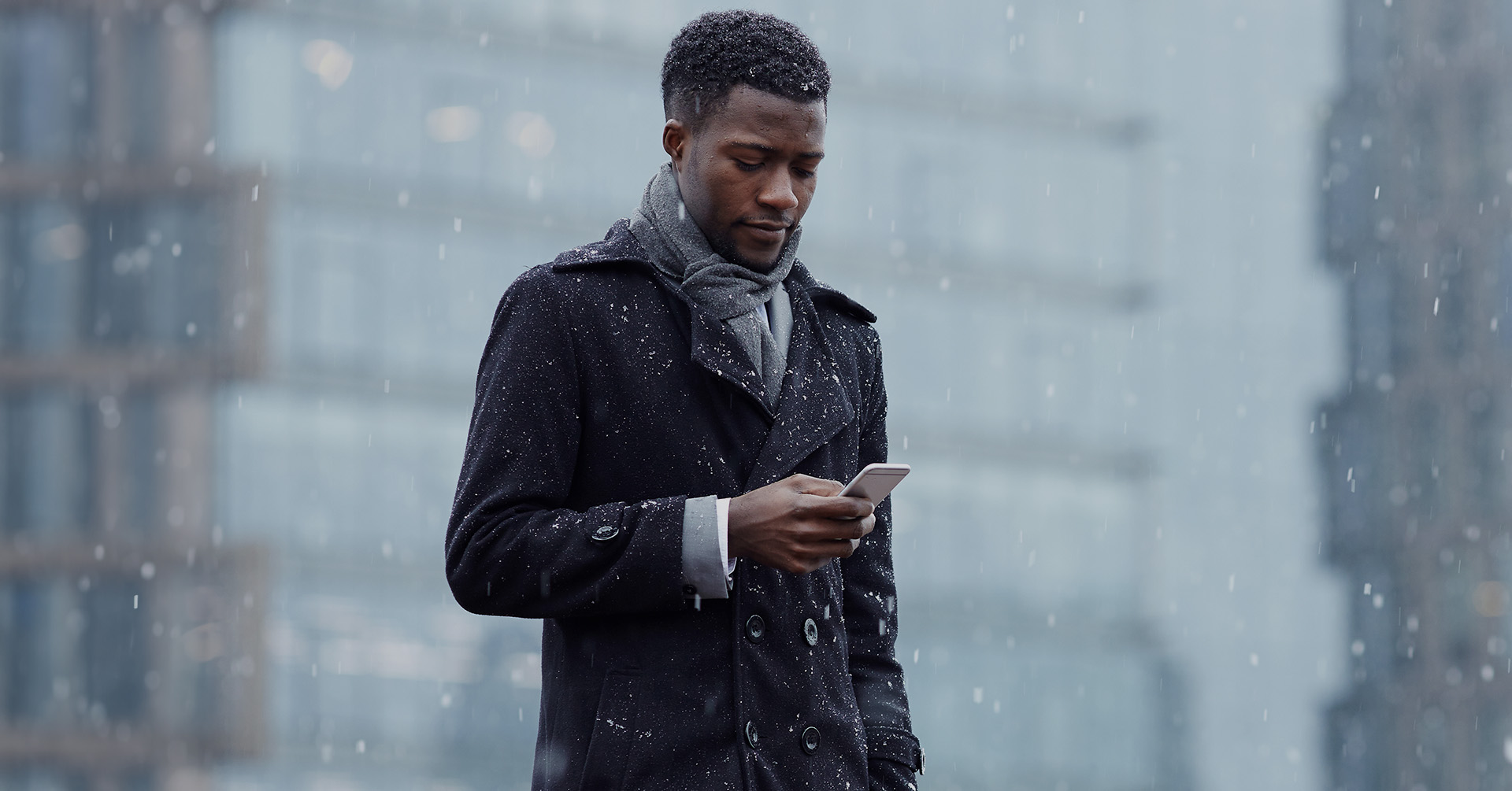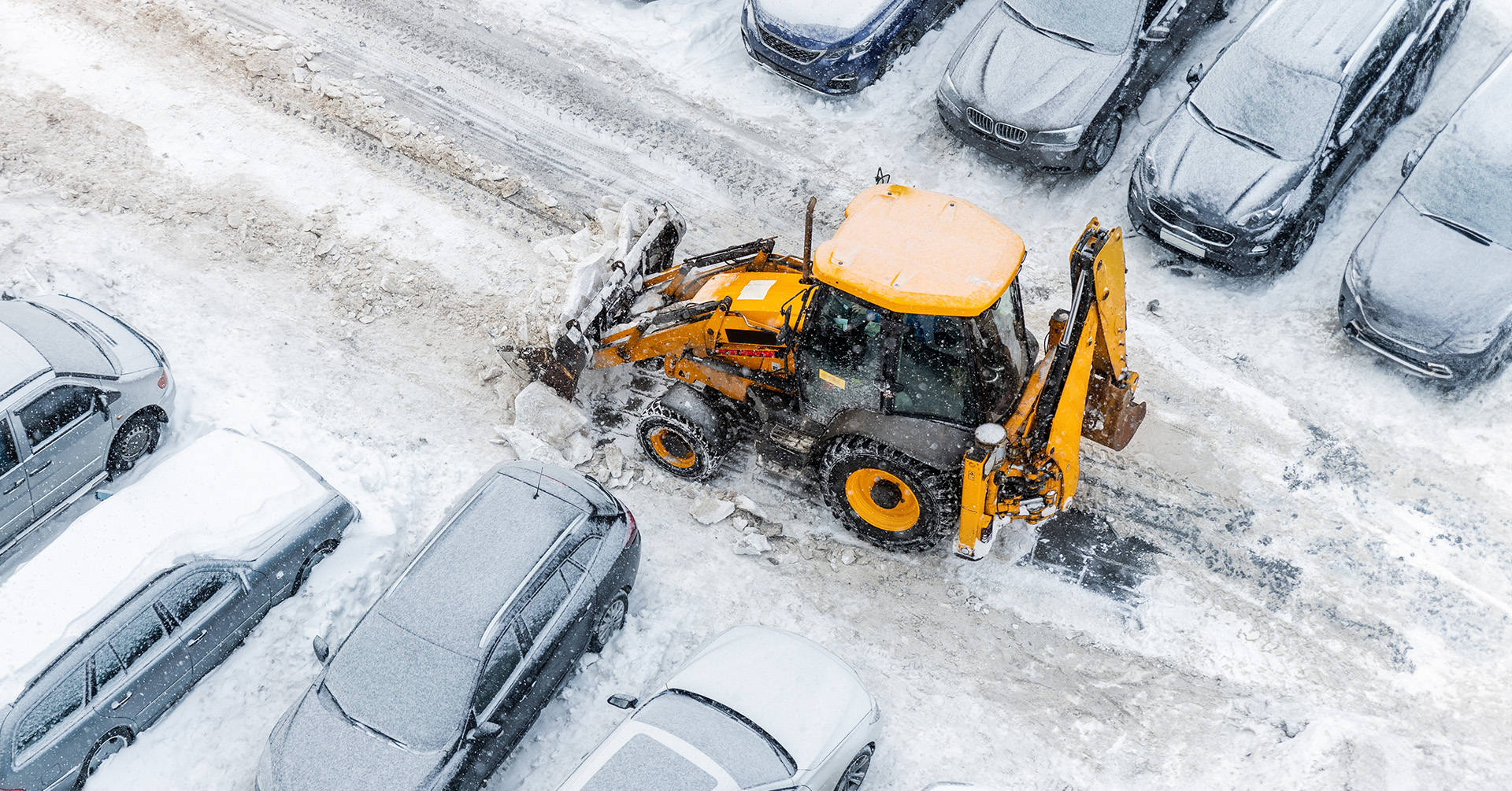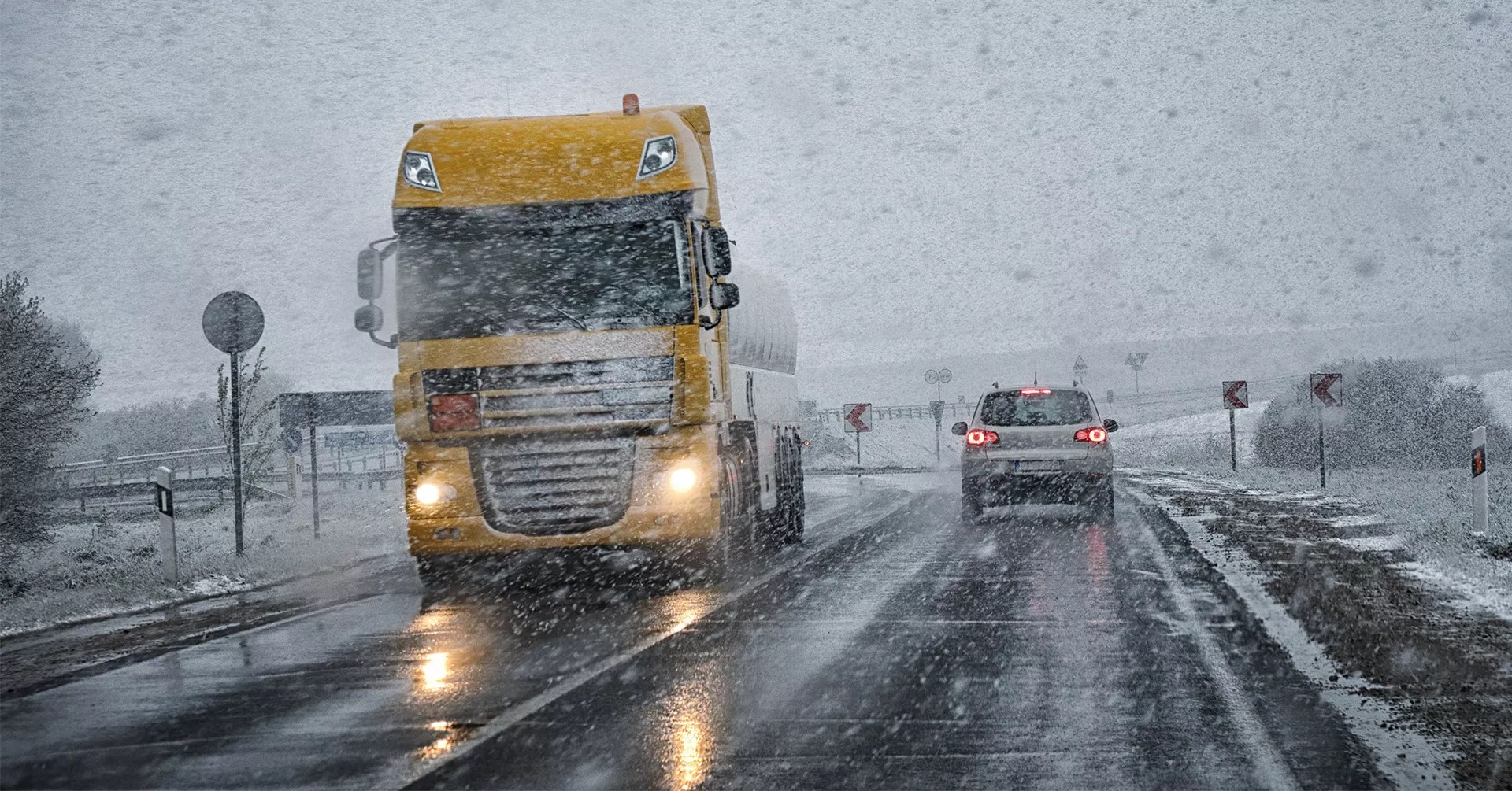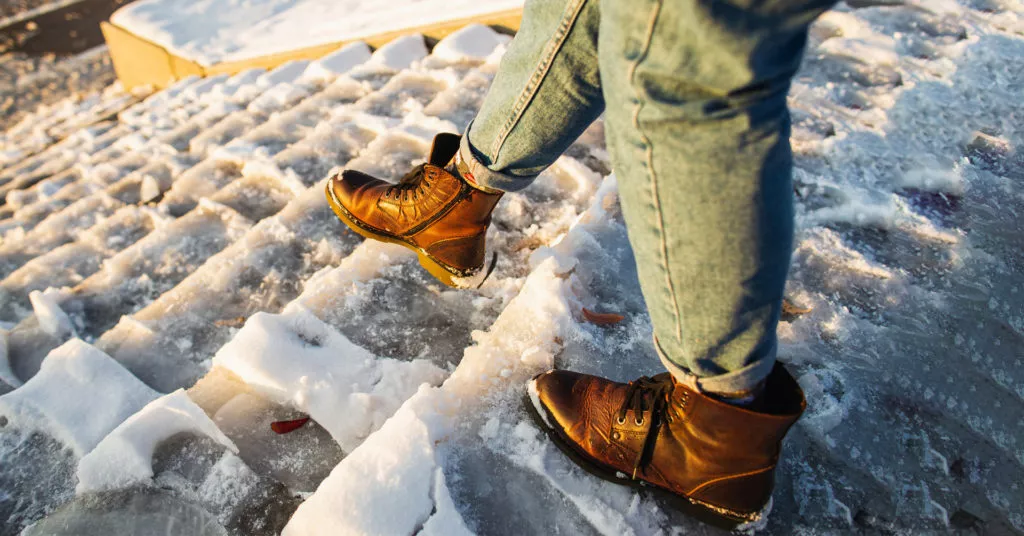
Winter Slips, Trips, and Falls: Prevention and Training to Protect Your Employees
Learn the steps every business should take to protect your employees and prevent dangerous and costly winter slips, trips, and falls at or around your workplace.
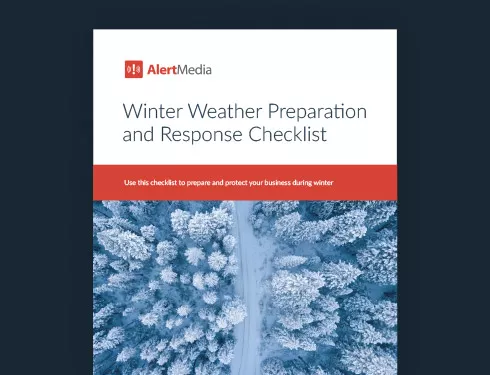
According to the National Safety Council, slips, trips, and falls were the third most common cause of nonfatal workplace injury in 2020 and the second most common cause of workplace fatality in the same year. While these workplace accidents can happen at any time of year, winter weather conditions add even more fall hazards and significantly increase the probability of these types of accidents.
Even in winter, these accidents are often preventable, but they still account for a significant portion of workplace injuries. The latest statistics from the U.S. Bureau of Labor Statistics show that in 2017, over 20,000 workplace injuries linked to ice, sleet, or snow required employees to take at least one day off work. And in 2020, ice, sleet, or snow was responsible for 41.5% of weather-related workplace fatalities. Winter conditions are incredibly dangerous for your employees, and a winter slip can rack up an average of $47,681 per workers’ compensation claim, as well as increase insurance premiums and cause a major hit to productivity.
Preparing for winter weather and preventing these accidents can have a tremendous impact on employee health, workplace safety, and the bottom line. In this blog post, we’ll explore steps every business should take to prevent dangerous—and costly—winter slips, trips, and falls in the workplace.
What Are Winter Slips, Trips, and Falls?
In winter, conditions leading to workplace slips, trips, and falls are amplified by cold and precipitous weather. There may already be occasional workplace spills that pose slip hazards, but the cold, wet weather might mean puddles are a frequent hazard throughout the season.
Some of the specific contributors to the rise in slips, trips, and falls during winter include:
- Snowmelt from wet footwear, creating slippery floors inside
- Icy conditions on surfaces outside, including sidewalks and parking lots
- Snow covering and obscuring tripping hazards like curbs
- Employees slipping when rushing to get out of the cold
How to Prevent Winter Injuries Among Employees
The most effective way to prevent slips, trips, and falls is to follow this three-step process:
Do your employees live or work in regions prone to severe winter weather? Are there icy walkways after a particularly cold night? Have employees walked into buildings with snowy footwear, leaving wet patches in passageways?
How severe is the hazard? How many employees will be exposed? Do any of your employees work outdoors or at heights? What’s the likelihood of the hazard leading to slip, trip, and fall injuries? Is the hazard made worse by bad winter weather?
Winter hazard management can involve engineering controls. For example,
- Adding barriers to isolated hazards
- Adding mats to high-traffic entryways to absorb snowmelt
It may also include administrative controls. For example,
- Regular maintenance and cleaning
- Providing additional personal protective equipment (PPE)
- Additional fall prevention training specifically for cold or icy conditions may also be relevant for employees working on elevated platforms
Consider creating a winter preparedness checklist with specific checks for each workplace area within your facility, including if you need to take any corrective actions to control hazards.
Tips for Keeping Your Employees Safe From Common Winter Hazards
Before winter rolls around, make sure you and your employees are already prepared and aware of the extra risks the cold weather brings. You can minimize the risks of winter-weather injuries by making sure your employees know how to follow cold-weather safety tips. You can also implement winter driving policies and lone worker safety monitoring to take care of your people even when they’re offsite.
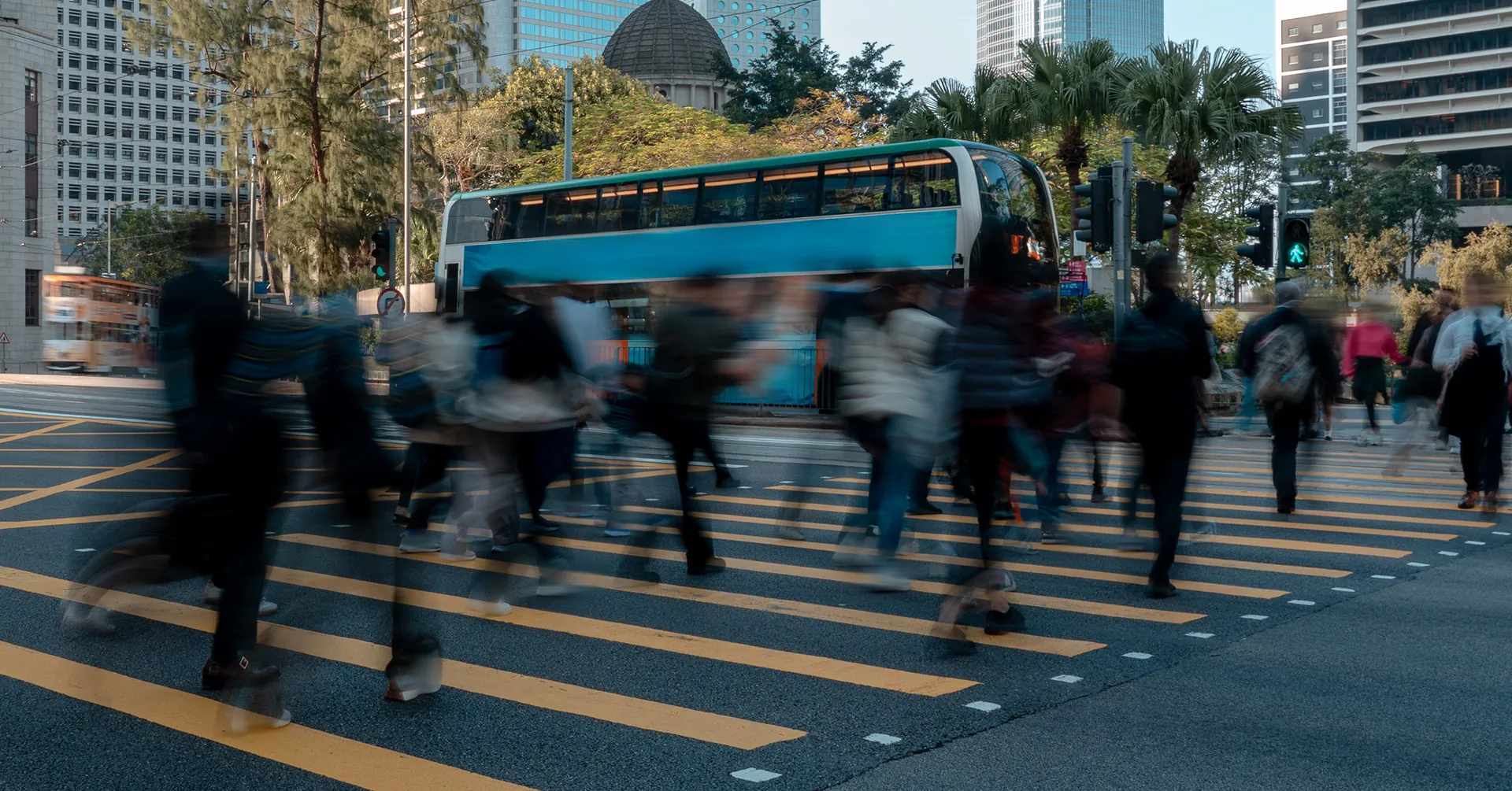
Winter injury prevention
These tips are great for mitigating slips, trips, and falls all year round, but they also include winter-specific measures when appropriate.
Wear rugged footwear
Research shows that 24% of slips and falls are caused by incorrect footwear. Make sure your employees are wearing proper footwear with slip-resistant soles and good traction all year round. Insulated boots are recommended in winter. Rubber boots with a good tread pattern are also useful during any wet conditions.
Display safety signage
At any time of year, it’s important to put warning signs out. If spills or dust are creating slippery conditions, post a sign marking areas where people should avoid walking. During winter, place signage around icy or potentially slick areas. Remember to remove signs once a hazard has been controlled. Otherwise, employees may ignore signs when it’s clear there’s no hazard and then slip or trip the next time the hazard is present.
Maintain good housekeeping
The majority of slips and falls happen on wet or otherwise contaminated floors. Make sure any slippery surfaces are cleaned up swiftly. Place absorbent mats at entryways. Bear in mind, these mats also need to be inspected regularly so they don’t become a trip hazard.
Walkways should always be kept free from clutter. Clean up any trip hazards immediately. Permanent passageways need to be clearly marked. Handrails should always be installed on stairways, as well as along open-sided walkways or platforms.
Keep up winter maintenance
Walking surfaces should be checked for snow and ice and cleared frequently. Apply ice melt or grit on icy surfaces when necessary. Plan ahead for snow removal so pathways are cleared ahead of time. If some pathways are consistently dangerous during cold weather, consider redirecting foot traffic along a safer route.
Indoor surfaces may become wet as workers enter wearing footwear covered in snow. You may need to increase the frequency of cleaning or add absorbent mats at entryways. For persistent issues, consider upgrading to slip-resistant flooring.
Properly light all working areas
Make sure pathways are well-lit at all times, both indoors and outdoors. Lack of sufficient lighting can make it very difficult to identify winter hazards like black ice.
Alert employees to winter-weather hazards
Your employees can’t avoid hazards when they don’t know about them, so make sure to alert your team when something could post a slip, trip, or fall risk. You can use a mass notification system to reach all of your employees instantly, so they can safely navigate slippery surfaces or keep their eyes out for tripping hazards.
Winter safety training
Training is also an effective way to empower your employees with safe workplace procedures during the winter months.
Review winter safety procedures
Make sure your employees know how to navigate winter hazards safely and understand the correct safety procedures they should be following. For example, the Occupational Safety and Health Administration (OSHA) recommends advising employees to take short steps at a slower pace when navigating surfaces covered in snow or ice.
Train in situational awareness
Remind your team to take more care at this time of year. They should be practicing situational awareness so they can spot potential hazards before an accident occurs. Other winter safety tips include keeping an eye on the weather conditions and halting any outdoor work if the conditions seem unsafe. This is especially important for work at elevated levels where there’s a higher risk of falls during winter weather.
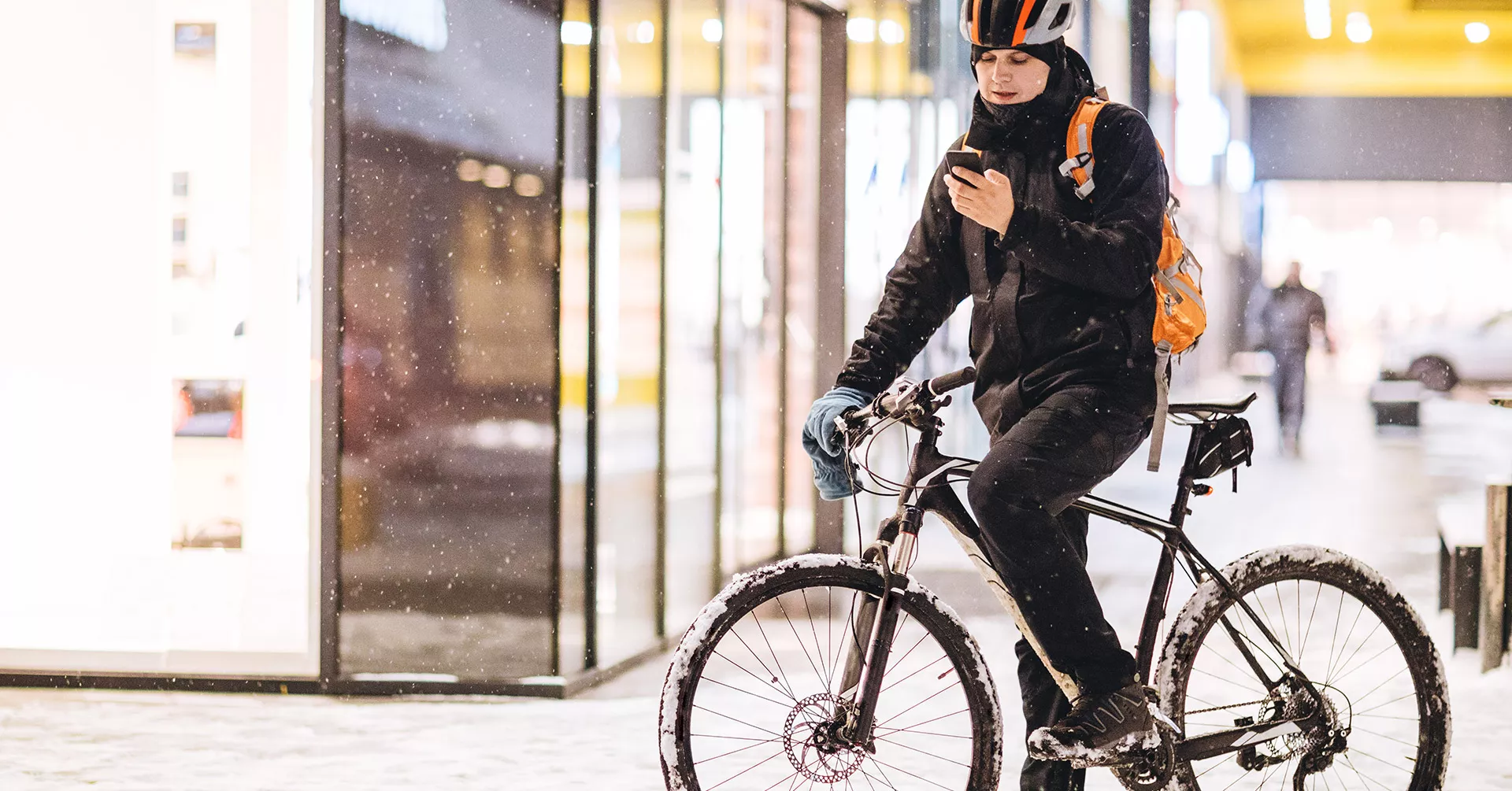
Hold regular winter safety talks
Find ways to keep the conversation going about winter weather safety so it stays top of mind. Host safety meetings with monthly safety topics, prioritize daily safety moments, or even add safety training to regular meetings. You can also consider signing your employees up for a webinar on how to prepare for winter weather to help them feel fully prepared for the full range of potential hazards.
Prepare employees to report hazards
If employees see a hazard that could result in a slip, trip, or fall at work, they need to feel empowered to report that hazard so it can be resolved quickly. Make sure your team is familiar with the reporting process and how the issue will be taken care of. The more people you have who can report issues, the fewer issues you will have. Strong safety leadership depends on the entire organization being accountable for safety outcomes.
Don’t Slip Up This Winter
By considering which hazards employees may encounter and how you plan to control these in advance, you can stay one step ahead of winter-weather risks. Maintaining an open dialogue about workplace safety practices is also one of the best ways to prevent avoidable accidents. Take it a step further by creating and implementing an emergency communication plan, and you can rapidly notify workers of any winter weather that may increase the risk of accidents.
Using multichannel emergency communication software can help you quickly share critical, time-sensitive information—such as storm warnings or facilities issues. And by using a solution with two-way communication capabilities, you can also swiftly identify and communicate with any employees that may be injured or in need of assistance. By planning ahead and focusing on communication, you can keep your employees safe and steady on their feet, whatever the weather.

